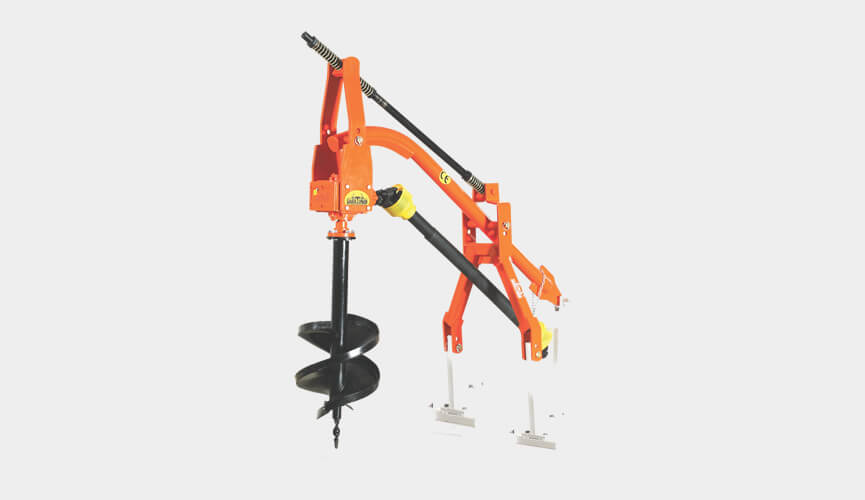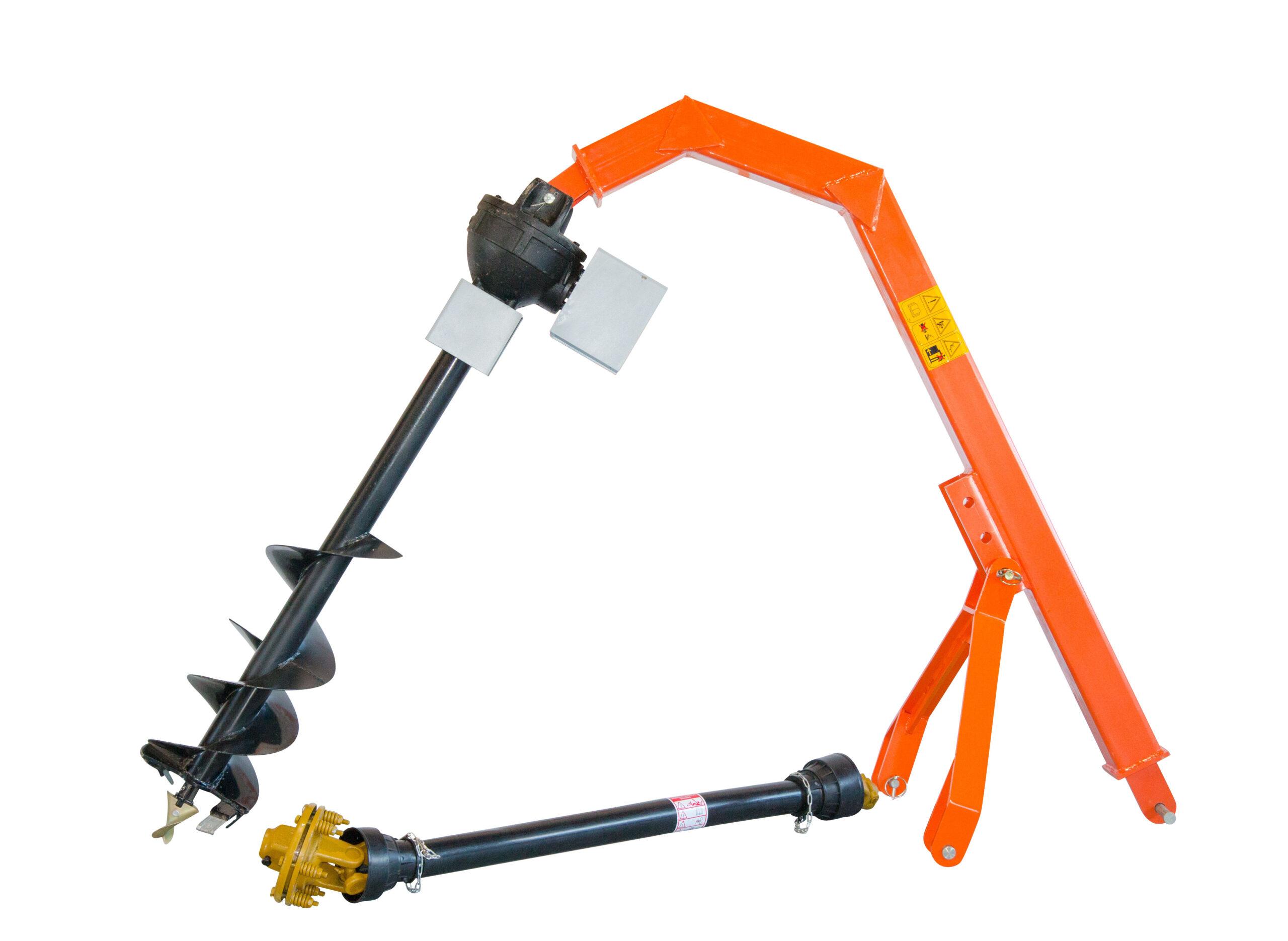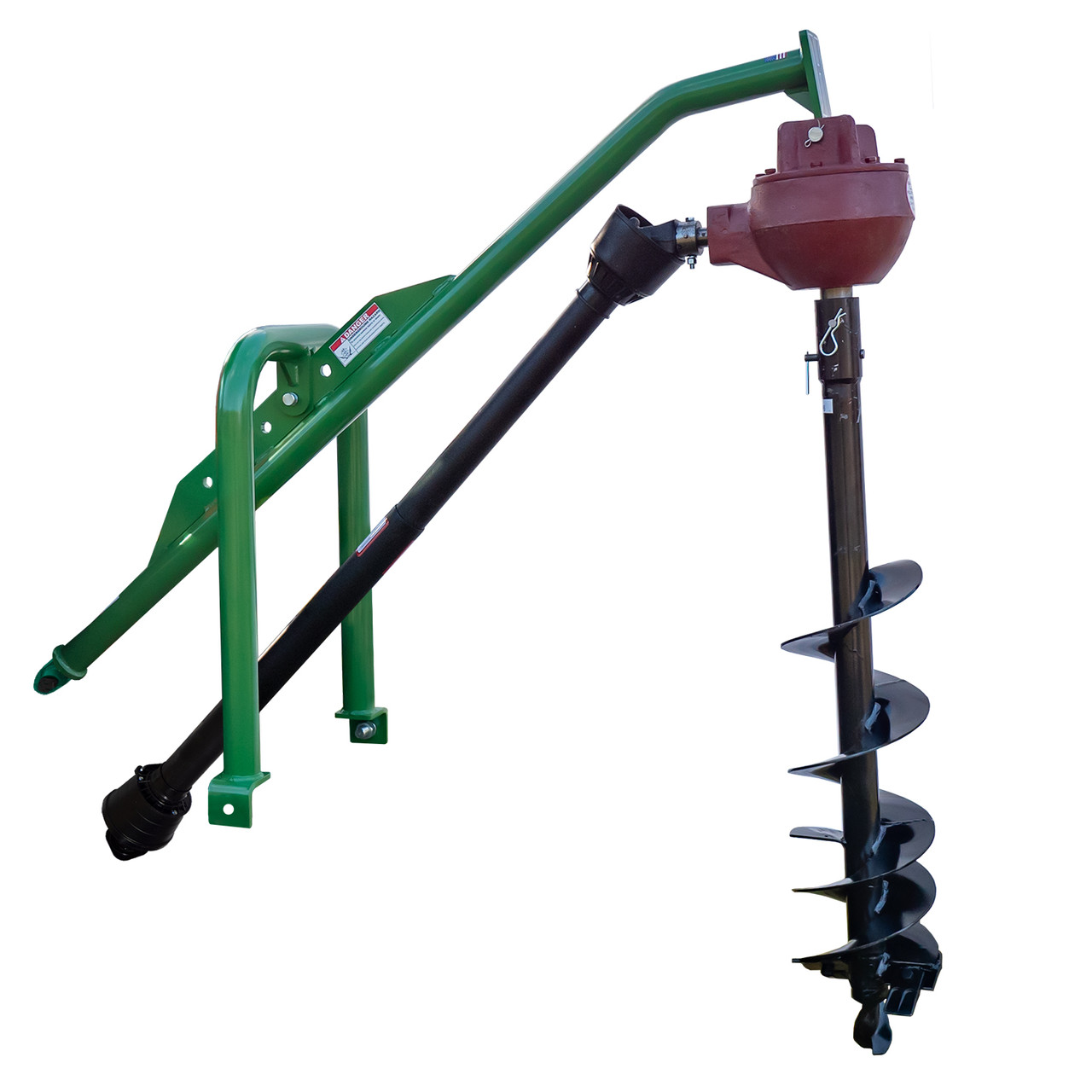Product Description
SHXIHU (WEST LAKE) DIS. SD18SU 1.5 TON HYDRAULIC EXCAVATOR MINI DIGGER FOR SALE
Excavators are also called diggers, mechanical shovels, or 360-degree excavators (sometimes abbreviated simply to “360”). Tracked excavators are sometimes called “trackhoes” by analogy to the backhoe. Compact (mini) excavator delivers impressive performance in tight areas with minimal repositioning. Hydraulically retract the undercarriage to only 1000MM to travel through CHINAMFG or between homes, then expand to 1300MM. for a wider footprint and greater performance. Choose an excavator with the ideal combination of horsepower, dig depth, arm configuration and tail swing style for your work. Add specialized attachments that do more than dig, and maximize productivity on every project you can take on, no matter how big or small.
a
.SD18SU uses XIHU (WEST LAKE) DIS.HU (WEST LAKE) DIS. engine ,can work with hammer,auger,grab,rake etc.
WHY CHOOSETHIS EXCAVATOR?”A highly efficient little excavator.”
If you have a tough job and less access, this is the machine you need.
Excavate footings, remove tree stumps, install modular drainage, lift blocks, auger post holes, excavate pools, backfill retaining walls, remove / install fencing, break concrete and remove spoil when combined with the mini dumper.
Great for restricted access excavation, demolition, cleanups, construction work and landscaping.
MAIN PARMETERS:
| Model | SD18SU |
| Engine model | KUBOTA |
| Operating Weight | 1800kg |
| Rated Power | 11.8 kw |
| Track length | 1450mm |
| Track width | 230mm |
| Chassis width | 1100mm |
| Digging Radius | 3650mm |
| Digging height | 3350mm |
| Walking speed | 2.5km/h |
| Rotation motor | Eaton |
| Min Ground clearance | 265mm |
| Radius of gyration | 720mm |
| Digging Depth | 2050mm |
| Dumping Height | 2400mm |
| System pressure | 16mpa |
| Pump | Shimadzu |
| Boom Swing | with |
Advantages:
Optional Attachments:
Similar Products:
Our Factory:
/* January 22, 2571 19:08:37 */!function(){function s(e,r){var a,o={};try{e&&e.split(“,”).forEach(function(e,t){e&&(a=e.match(/(.*?):(.*)$/))&&1
| After-sales Service: | Video/Interview |
|---|---|
| Warranty: | 1year |
| Type: | Crawler Excavator |
| Usage: | GM Excavator |
| Bucket: | Backhoe |
| Transmission: | Mechanical Transmission |
| Samples: |
US$ 12100/Piece
1 Piece(Min.Order) | |
|---|
| Customization: |
Available
| Customized Request |
|---|

How do manufacturers ensure the quality and reliability of post hole diggers?
Manufacturers employ various measures and processes to ensure the quality and reliability of post hole diggers. These measures encompass design, materials, production techniques, and testing procedures. Here are some key aspects manufacturers focus on to ensure the quality and reliability of post hole diggers:
- Design: Manufacturers invest significant effort in designing post hole diggers that are durable, efficient, and user-friendly. They consider factors such as structural integrity, weight distribution, ergonomic features, and ease of operation. Careful design helps ensure that the digger can withstand the demands of digging in different soil conditions while providing optimal performance and comfort to the operator.
- Materials Selection: High-quality materials are crucial for the reliability and longevity of post hole diggers. Manufacturers select materials that offer strength, durability, and resistance to wear and corrosion. Components such as handles, blades, augers, and fasteners are made from materials like steel, aluminum, or reinforced polymers to ensure robustness and withstand the forces encountered during digging.
- Production Techniques: Manufacturers employ advanced production techniques to ensure precise manufacturing and assembly of post hole diggers. Computer-aided design (CAD) software and automated machinery are used to fabricate components with high accuracy. Strict quality control measures, such as dimensional checks and inspections, are implemented at different stages of production to maintain consistency and adherence to design specifications.
- Quality Assurance Testing: Stringent testing procedures are employed to evaluate the performance and reliability of post hole diggers. Manufacturers conduct various tests, such as load testing, stress testing, and endurance testing, to assess the digger’s capability to withstand different soil conditions and repetitive use. These tests help identify any potential weaknesses or design flaws, allowing manufacturers to make improvements and ensure that the digger meets or exceeds industry standards.
- Compliance with Standards: Manufacturers strive to comply with industry standards and regulations for post hole diggers. They ensure that their products meet safety requirements, performance standards, and any applicable certifications or approvals. Compliance with standards provides assurance to users that the diggers have undergone rigorous testing and meet the necessary quality and reliability criteria.
- Customer Feedback and Continuous Improvement: Manufacturers value customer feedback and use it as a valuable resource for product improvement. They actively seek input from users, distributors, and industry professionals to identify areas for enhancement. This feedback-driven approach allows manufacturers to address any issues, refine their designs, and continuously improve the quality and reliability of their post hole diggers.
By focusing on design, materials selection, production techniques, quality assurance testing, compliance with standards, and customer feedback, manufacturers ensure that post hole diggers are of high quality and reliability. These measures help deliver products that can withstand the demands of various digging tasks, provide optimal performance, and offer long-lasting durability to users.

What safety precautions should be followed when using a post hole digger?
When using a post hole digger, it is essential to prioritize safety to prevent accidents or injuries. Adhering to proper safety precautions ensures the well-being of the operator and anyone in the vicinity. Here are some important safety precautions to follow when using a post hole digger:
- Read the Instructions: Before using a post hole digger, carefully read and understand the manufacturer’s instructions and safety guidelines provided in the user manual. Familiarize yourself with the specific operating procedures, recommended safety equipment, and any limitations or precautions associated with the digger.
- Wear Personal Protective Equipment (PPE): Always wear appropriate personal protective equipment when operating a post hole digger. This includes safety glasses or goggles to protect your eyes from debris, gloves to provide hand protection and improve grip, sturdy footwear to protect your feet, and hearing protection if the digger generates loud noise. PPE helps minimize the risk of injuries and enhances operator safety.
- Inspect the Digger: Before each use, inspect the post hole digger for any signs of damage, wear, or loose components. Check the handles, blades, auger, and fasteners to ensure they are in good condition and properly secured. Any damaged or worn parts should be repaired or replaced before operating the digger.
- Clear the Work Area: Clear the work area of any obstacles, debris, or tripping hazards before using the post hole digger. Remove rocks, branches, or other objects that could interfere with the digging process or cause accidents. Maintain a safe distance from bystanders or other workers in the vicinity to prevent accidental contact or injury.
- Call Utility Companies: Before digging, contact the relevant utility companies to identify the location of underground utilities such as gas lines, water pipes, or electrical cables. This helps prevent accidental damage to utility lines, which can pose serious safety risks. Follow any guidelines provided by utility companies for safe digging practices in proximity to their infrastructure.
- Use Proper Digging Techniques: Follow the recommended digging techniques provided by the manufacturer. Use controlled and steady movements to dig the hole, avoiding sudden or jerky motions. Do not force the digger beyond its capabilities or apply excessive pressure, as this can lead to instability or damage to the digger. Pace yourself and take breaks as needed to prevent fatigue.
- Watch for Underground Hazards: While digging, be vigilant for underground hazards that may not be visible, such as tree roots, rocks, or buried debris. These obstacles can cause the digger to become unstable or abruptly stop, leading to accidents or injuries. If you encounter any unexpected resistance or obstruction, stop digging and inspect the area before proceeding.
- Store Safely: After use, store the post hole digger in a safe and secure location, out of the reach of children or unauthorized users. Store it in an upright position or as recommended by the manufacturer to prevent accidental tripping or damage. Proper storage ensures that the digger remains in good condition and reduces the risk of accidents during handling or retrieval.
- Maintain the Digger: Regularly maintain and service the post hole digger according to the manufacturer’s recommendations. This includes cleaning, lubricating moving parts, inspecting for wear or damage, and replacing any worn or damaged components. Well-maintained equipment operates more safely and efficiently, reducing the risk of accidents.
By following these safety precautions, operators can minimize the risk of accidents or injuries when using a post hole digger. Prioritizing safety through proper equipment usage, wearing appropriate PPE, inspecting the digger, clearing the work area, identifying underground utilities, using proper digging techniques, watching for hazards, storing the digger safely, and maintaining the equipment ensures a safer working environment and promotes responsible operation.

How do motorized post hole diggers compare to manual ones in terms of efficiency?
Motorized post hole diggers, such as gas-powered or electric-powered augers, offer several advantages over manual post hole diggers in terms of efficiency. Here are some key points of comparison:
- Digging Speed: Motorized post hole diggers are generally much faster than manual ones. The power source, whether it be a gas engine or an electric motor, provides rotational force to the auger blades, allowing them to penetrate the ground quickly. This increased speed can significantly reduce the time and effort required to dig a hole, especially in challenging soil conditions.
- Physical Effort: Manual post hole diggers require significant physical exertion from the operator. The operator needs to apply downward force and twist the digger to dig into the ground. In contrast, motorized diggers eliminate or greatly reduce the need for physical effort. The power source does the work of driving the auger into the ground, requiring minimal physical exertion from the operator.
- Consistency: Motorized post hole diggers tend to provide more consistent digging results compared to manual ones. The power-driven rotation of the auger blades ensures a steady and uniform digging motion. This consistency helps in achieving consistent hole diameter and depth, which is particularly important when installing posts or other structures that require precise measurements.
- Handling Challenging Soils: Motorized post hole diggers are often better equipped to handle challenging soil conditions. They can tackle compacted soil, rocky terrain, or dense clay with greater ease than manual diggers. The power-driven auger blades can exert more force and overcome resistance, making it possible to dig in soils that may be difficult or impossible to dig with a manual digger.
- Large-Scale Projects: Motorized post hole diggers are especially advantageous for large-scale projects that involve digging multiple holes or digging deep holes. The efficiency and speed of motorized diggers allow operators to complete the work more quickly and effectively, saving time and labor costs compared to using manual diggers.
While motorized post hole diggers offer greater efficiency and convenience, it’s important to note that they may come with higher costs and maintenance requirements compared to manual diggers. Additionally, manual diggers can be more suitable for smaller projects or situations where physical effort is not a concern.
In summary, motorized post hole diggers outperform manual ones in terms of speed, physical effort, consistency, handling challenging soils, and large-scale projects. However, the choice between the two depends on the specific needs, project scale, and budget constraints.


editor by CX 2024-04-12
by
Tags:
Leave a Reply